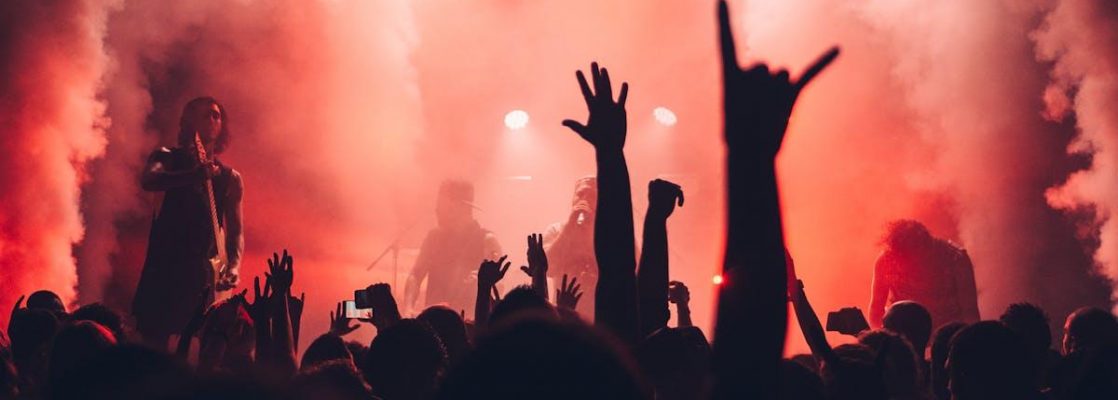
Denmark, often celebrated for its picturesque landscapes, rich history, and innovative design, is also home to a thriving music scene. From classical masterpieces to cutting-edge electronic beats, the Danish music scene has cultivated a diverse and influential legacy. Known for producing internationally renowned artists, Denmark stands out as a hotspot for musical talent and creativity. In this article, we will explore the key aspects of Denmark’s dynamic music scene, highlighting its genres, notable artists, cultural influence, and the venues that make it all happen.
The Diversity of Danish Music Genres
The Danish music scene is characterized by a rich variety of genres, from folk and classical to pop, rock, and electronic music. While Denmark’s early music history was dominated by classical composers like Carl Nielsen and Niels W. Gade, the contemporary scene has evolved to include a global range of sounds. Today, Denmark has an active alternative rock scene, with bands like Mew and The Raveonettes carving out their space internationally. Meanwhile, artists like Lukas Graham and MØ have propelled Danish pop music into global charts.
In recent years, Denmark has also seen a rise in electronic music, with cities like Copenhagen and Aarhus being home to a number of electronic festivals and innovative music producers. Danish electronic musicians such as Trentemøller and Reptile Youth have gained recognition for their experimental and boundary-pushing sounds. The balance between these diverse genres speaks to Denmark’s ability to nurture both tradition and innovation in music.
Denmark’s Role in the Global Pop Scene
Danish pop music has had a significant impact on the international stage, with artists and producers from Denmark becoming household names. One of the most prominent examples is Lukas Graham, whose soulful pop hits, including „7 Years,‟ have earned him recognition around the world. Similarly, MØ has achieved international success with her electronic-infused pop tracks, such as „Lean On,‟ which became a global smash hit in collaboration with Major Lazer and DJ Snake.
Behind the scenes, Denmark is also known for its prolific music producers. Cutfather (Kasper Winding), Rasmus Hedegaard, and Søren Heller are among the talented Danish producers who have shaped the sound of global pop music. Their work with both local and international artists highlights Denmark’s central role in shaping modern pop sounds.
Copenhagen: The Heartbeat of Denmark’s Music Scene
Copenhagen, Denmark’s capital, serves as the epicenter of the country’s music culture. The city is home to a multitude of live music venues, festivals, and a vibrant music community that draws talent from around the world. Notable venues such as Vega and Loppen host a diverse range of performances, from indie rock to hip-hop and electronic music. These venues provide a platform for both emerging and established artists to showcase their talents.
Copenhagen is also a hub for music festivals that attract international visitors, such as Distortion, a week-long celebration of electronic music and street parties, and Copenhagen Jazz Festival, which brings together some of the world’s top jazz musicians. The city’s cultural openness and support for music make it a key driver in Denmark’s reputation as a global music destination.
The Danish Music Industry and Government Support
One of the key factors contributing to the success of Denmark’s music scene is the country’s strong support for its creative industries. The Danish government has long recognized the value of music in cultural and economic development, and this support extends to music education, infrastructure, and funding.
Organizations like Music Export Denmark provide assistance to artists seeking international exposure, and initiatives such as the Danish Music Awards (DMA) help recognize the achievements of local talent. Furthermore, Denmark has invested heavily in music education, with world-class institutions like the Rhythmic Music Conservatory in Copenhagen offering specialized training for aspiring musicians.
Emerging Trends in the Danish Music Scene
As the global music industry evolves, so too does Denmark’s scene. New trends in genres such as indie pop, experimental electronic, and alternative R&B are taking shape. Artists like Kunst, Kavinsky, and Magtens Korridorer are pushing the boundaries of genre and sound, reflecting the ever-changing tastes of Danish audiences. The rise of music streaming platforms has also provided local artists with greater access to international audiences, while the DIY music culture continues to thrive.
Additionally, Denmark’s commitment to sustainability and eco-consciousness is beginning to influence music events, with festivals increasingly integrating green practices into their operations. This cultural shift is giving rise to new ways for artists and fans to connect while remaining mindful of their environmental footprint.
Denmark’s music scene is a vibrant and multifaceted landscape, blending deep-rooted traditions with innovative modern sounds. From the classical masterpieces of its past to the electronic beats and chart-topping pop stars of today, the country has established itself as a musical force on the global stage. With its diverse genres, influential artists, and strong industry support, Denmark continues to foster new talent and pave the way for the future of music. As the world’s musical tastes continue to evolve, Denmark’s contribution to the global music scene is sure to remain significant for years to come. For more guides on the Danish music scene and everything-Danish, head to The Danish Dream website.